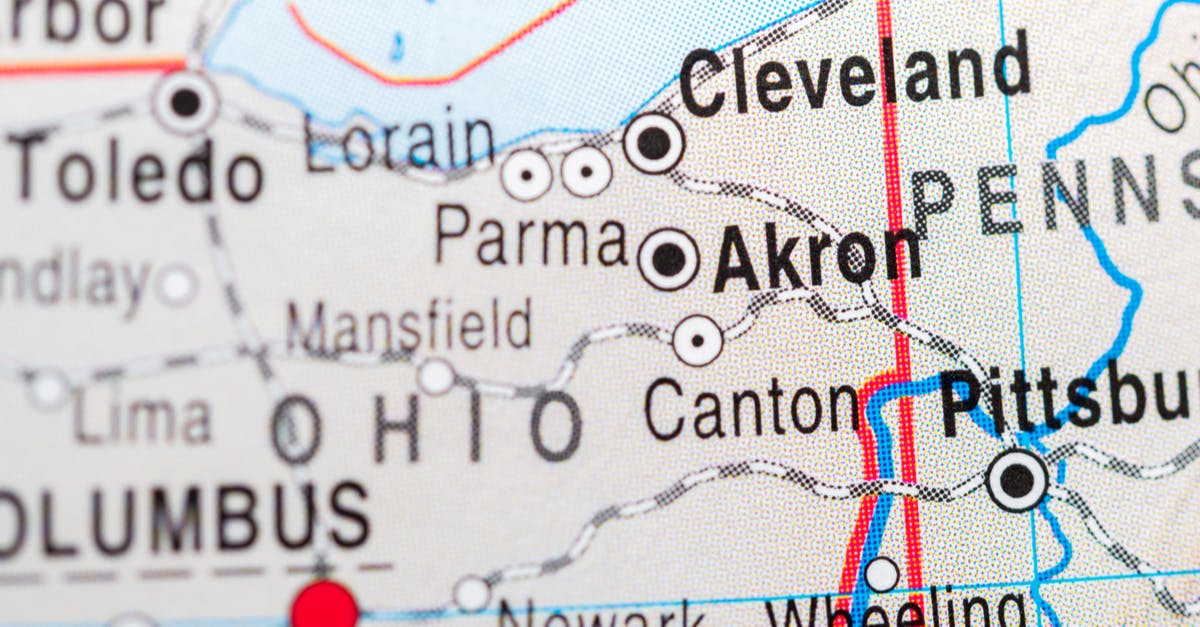The Breakdown of Local and State Ohio Taxes
Ohio has some of the most complicated local taxes in the country - including JEDD, JEDz, and more.

Share your experiences with these complicated taxes on PayrollTalk!
The state and local governments in Ohio rely on several types of taxes to fund various operations. Individual income taxes are the most discussed taxes of Ohio - both at the state and local levels.
Ohio State Tax and Its Burden
Ohio is made up of nine tax brackets, with the top tax rate being 4.997%. Its state tax rate is 27th in the country at 5.75%. All of these factors contribute to a state’s tax burden, which is the amount of personal income residents pay in both local and state level taxes. Ohio’s income tax rates have been dropping gradually since 2005, after House Bill 66 passed in the state. However, residents paid a combined rate of 9.8% to the state. That’s roughly an average of $3,924 per resident in Ohio going to state and local operations. Compared with the rest of the country, Ohio’s tax burden ranked 19th highest.
Local Taxes
Only 17 states in America levy some type of local tax. Ohio is an example of one with an extremely high local income tax rate. In fact, it ranked second only to Maryland for highest local rates. Local rates range from 0 to 3%, with the higher rates in heavy metropolitan areas such as Cleveland. Columbus and Cleveland’s local tax rates are both 2.5%.
What further increases residents’ tax burden is the number of municipalities in Ohio levying local income tax. A staggering 614 out of 900-plus municipalities place a local tax on their residents. A total of 190 school districts also levy local income taxes in Ohio. This is withheld from an employee’s paycheck like other taxes, with the money going to support those school districts. Businesses and residents both pay municipal income taxes - if a business makes profits in an applicable area for more than 20 days.
Another unique municipal tax only seen in Ohio is the Joint Economic Development District (JEDD) tax. A JEDD creates a partnership between a municipality and a township, with the goal of developing township land for commercial and industrial revenue. With the JEDD, comes the tax. An example of JEDD and its tax would be the Harrisburg JEDD tax. The city of Columbus administers the income tax for this JEDD at a rate of 1%. That’s on top of the Columbus rate of 2.5%.
Because these municipal taxes are levied on taxpayers based on where they work and where they live, some municipalities will offer tax credits to lessen the load. But just like the taxes themselves, the tax credit system is complicated. On top of that, only 63% of municipalities levying local taxes actually offer any type of credit - partial or full.
Other Taxes
The state and local entities in Ohio also levy other types of taxes outside of income taxes. For example, Ohio has the 9th highest property tax rate in America. Other taxes include Ohio’s excise taxes which include: cell phone service, alcohol, cigarettes, gasoline, and natural gas extraction. On average, residents pay $484 each paycheck for these taxes.
Keep reading: related insights
Latest articles
Payroll Insights Newsletter
Subscribe to our quartely newsletter for exclusive payroll insights.
